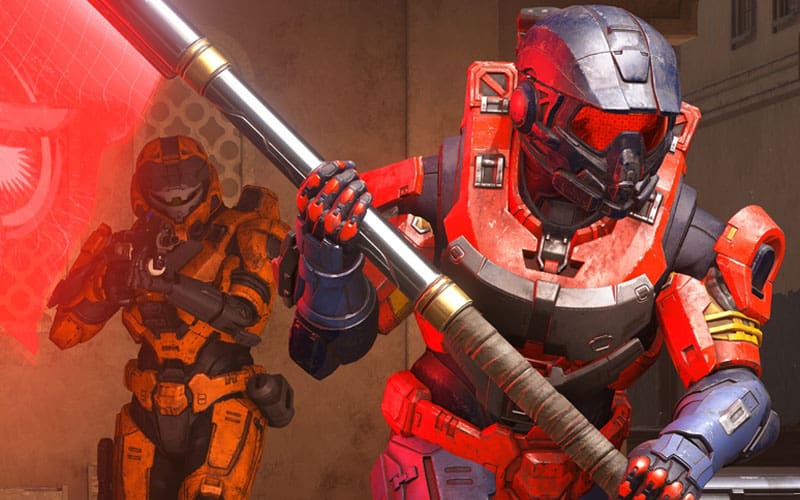Emulation is vital to the preservation of video games

Preservation in video games is a topic not spoken about enough. For an industry that has so much history in a short space of time, it is wild to think that certain things have just been tossed aside in favour of the newest and brightest.
Gaming is suffering from the same thing that tech, in general, is seeing, with a ‘rot' slowly trailing up its leg. Discs, cartridges and whole games not stored in traditional means are being lost due to time or the technology failing them.

As Halo's servers are shut down in favour of The Master Chief Collection, it highlights that the industry is in dire need of being changed for the sake of preservation. While Halo 3 can be played right now on multiple platforms, the ability to go back and play as I did back in 2007 is lost forever because Microsoft has little to no interest in providing the tools needed to run those servers.
When id Software released the DOOM 3 source code around a decade ago, the intention was to simply ensure that if and when DOOM 3 stopped existing in an easy to acquire way, it'd be able to be built from the ground up. Years had passed, as had any method of making money on it, so it became open.
Why not do the same with Halo 3? Provide the server software in some capacity and allow people to run private online servers. The entry would be low and there'd be no money in it, but providing that data can mean that when the Master Chief Collection eventually goes offline, some form of Halo 3's multiplayer will still exist for prosperity.
It's why I respect all ‘scenes' who actively work on development for emulation and building cores for Retroarch, cramming them wherever and however they can in the hopes that their work can ensure that the fun can be had for years to come.
The industry has built itself on secrets, insulating itself from the outside and creating a mystical way of games being generated. The need for preservation will help break down the barrier between developer and fan, the fans in particular who don't understand how hard a video game is to make. Why statements of “just make it happen” and the like aren't doable. Even recently, Twitter drama started over a user thinking the reuse of assets is bad, much to the annoyance of the developers on the platform.
By exposing its core and allowing others to look in without the need for diving headfirst into the Unreal or Unity engines for even a glimpse of the process, by preserving that which is no longer available, the industry could finally begin to allow its audience to grow its understanding of the various inner workings.

The greatest advancement is a move towards FPGA – Field Programmable Gate Arrays – which doesn't emulate software but recreates the hardware to the best of its ability. These are better – if a little bit less well known – as those behind the scenes at things like the MiSTer Project are straight-up recreating the original environment of hardware long since out of date or lost to time.
Technology is rotting and if it weren’t for the few out there cracking open hardware, rebuilding codebases or reengineering entire computer hardware – like with the FPGA systems – the gaming industry is going to lose a lot more than just servers.
